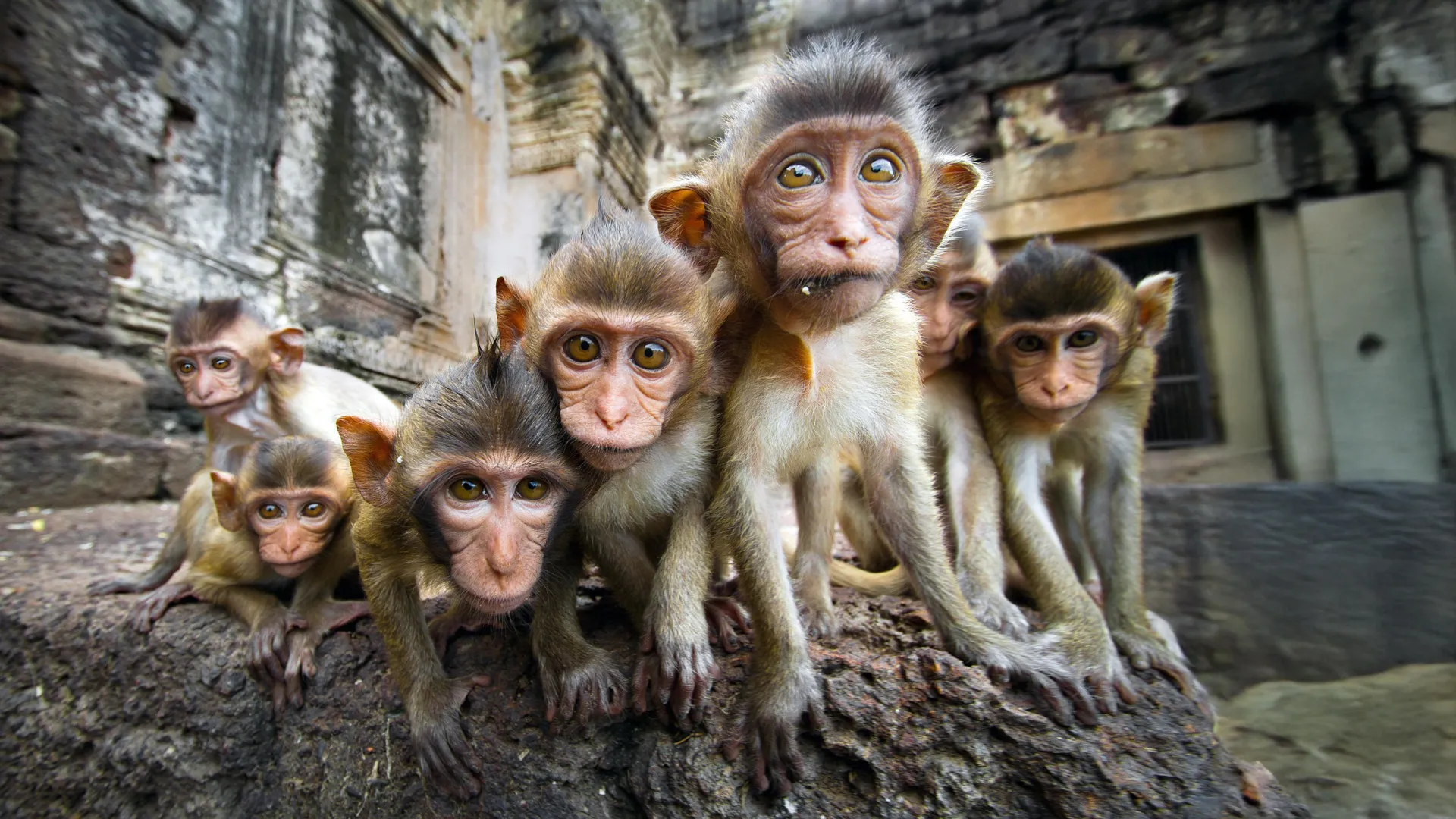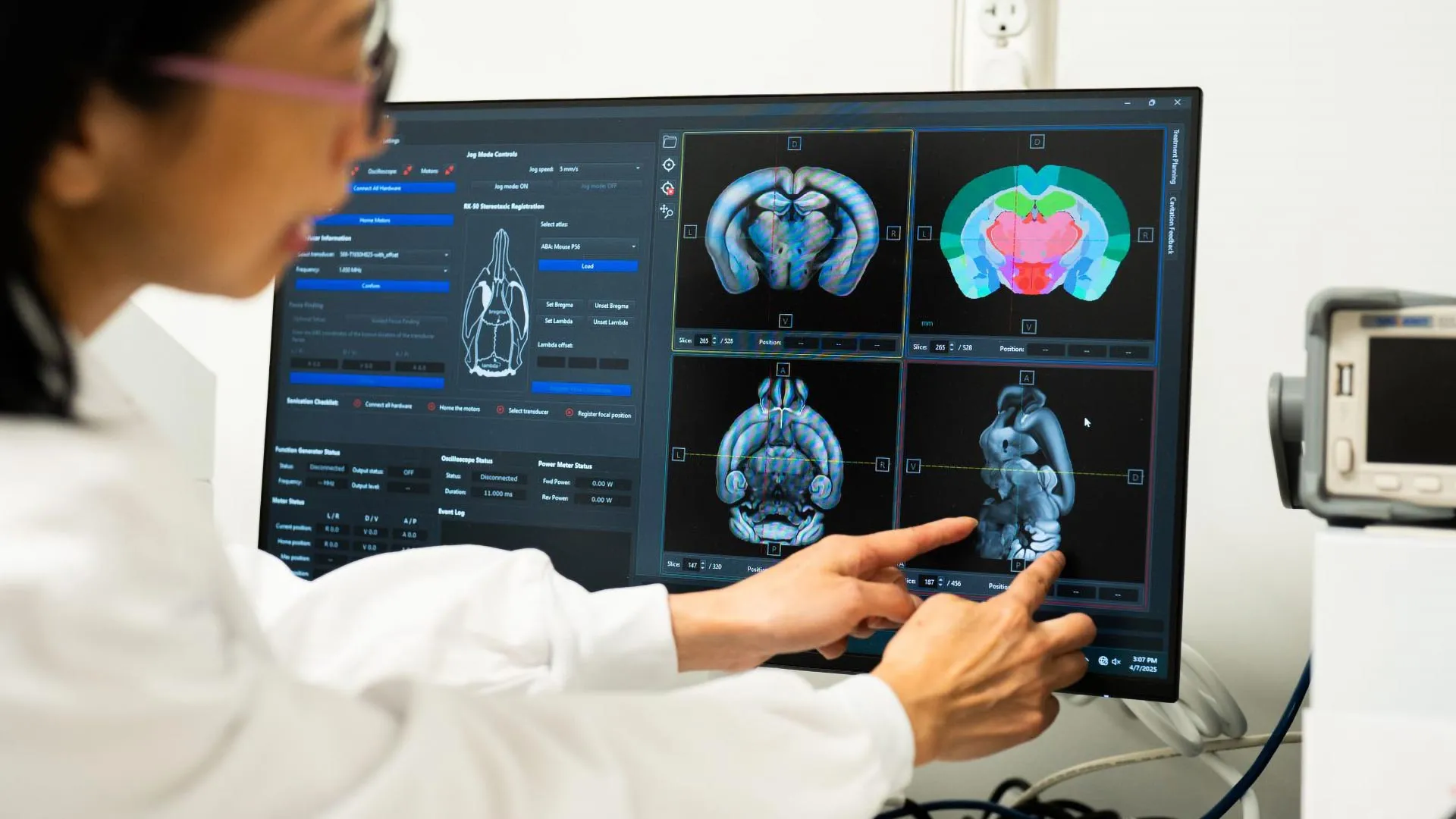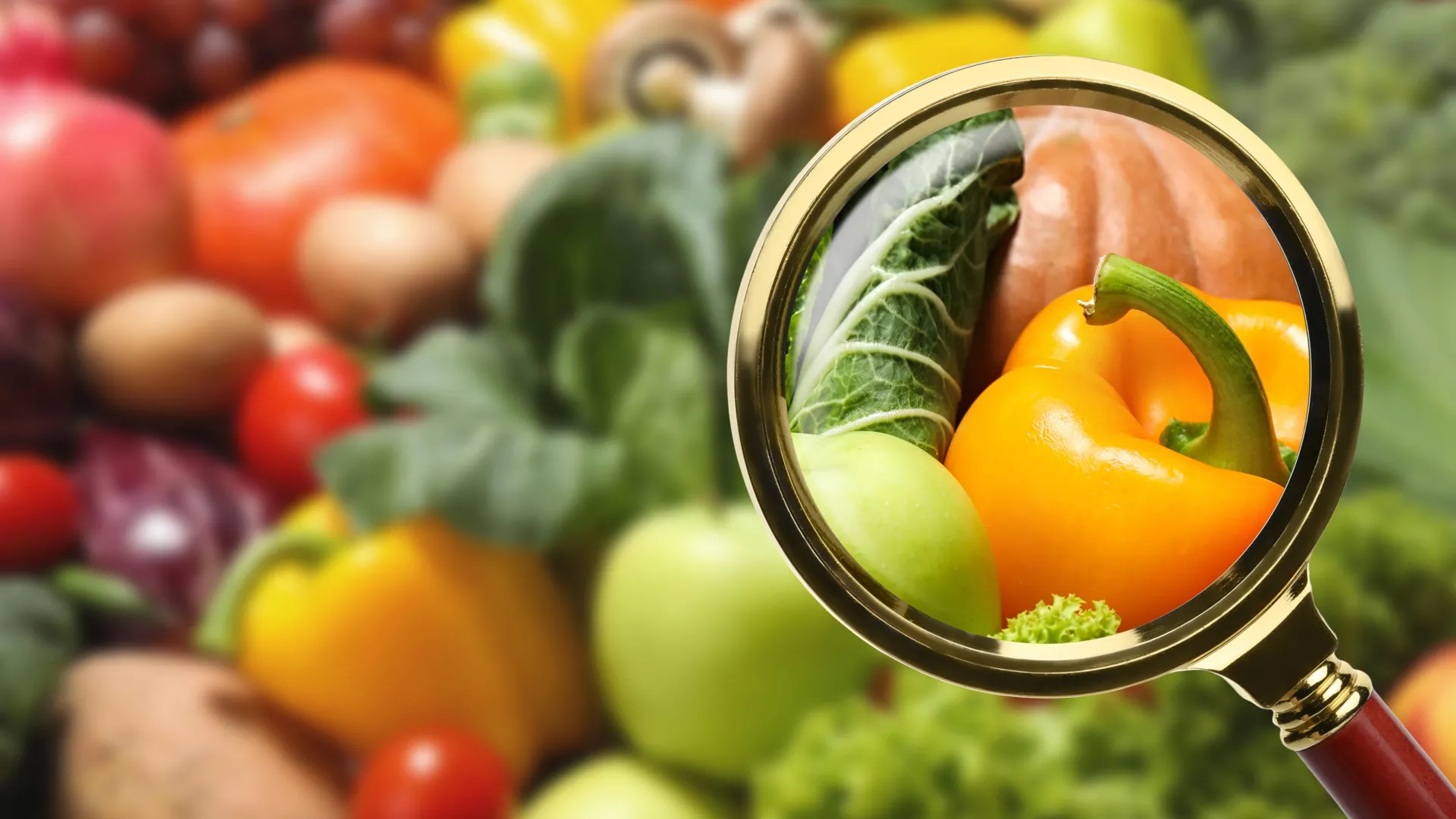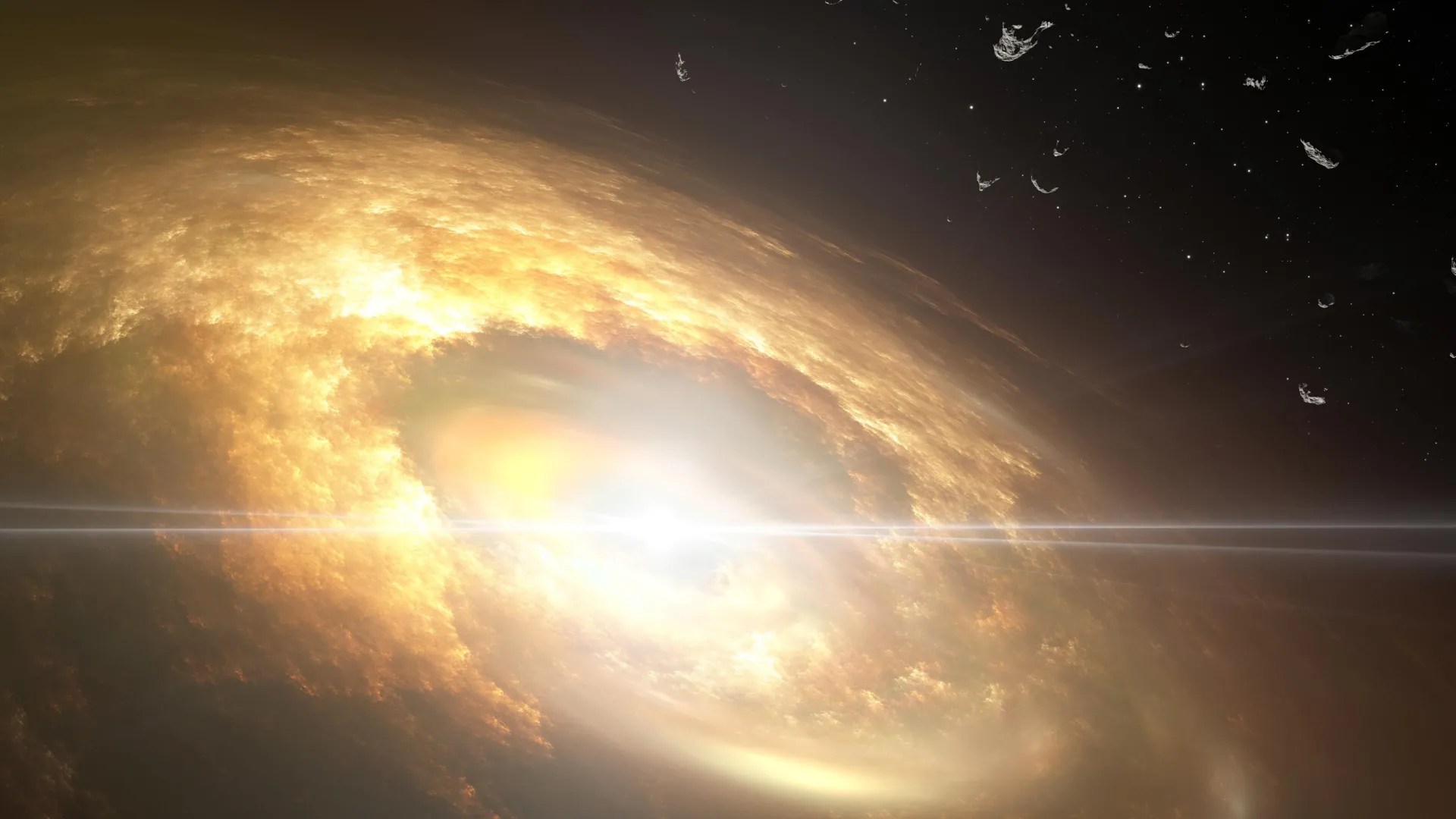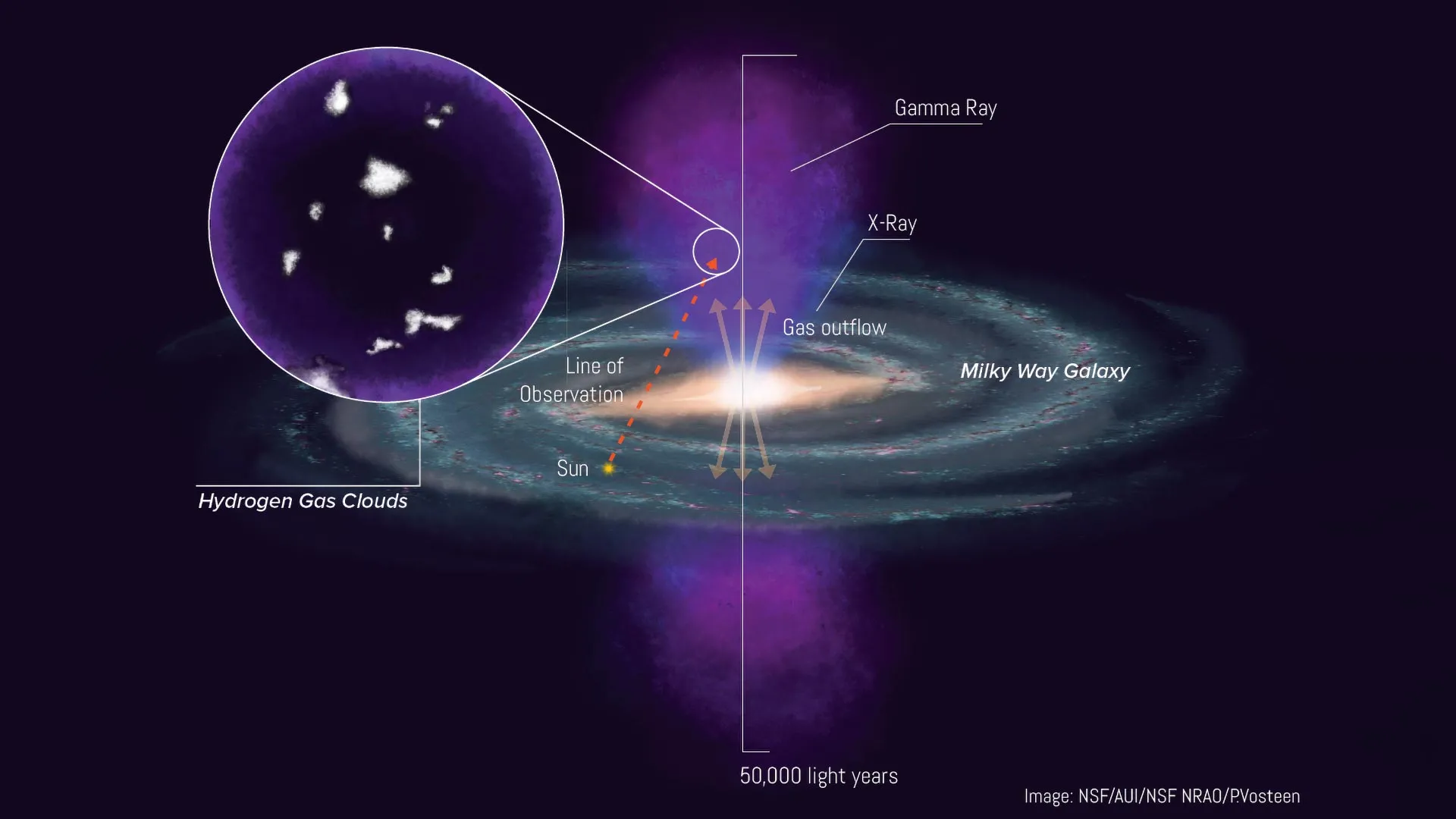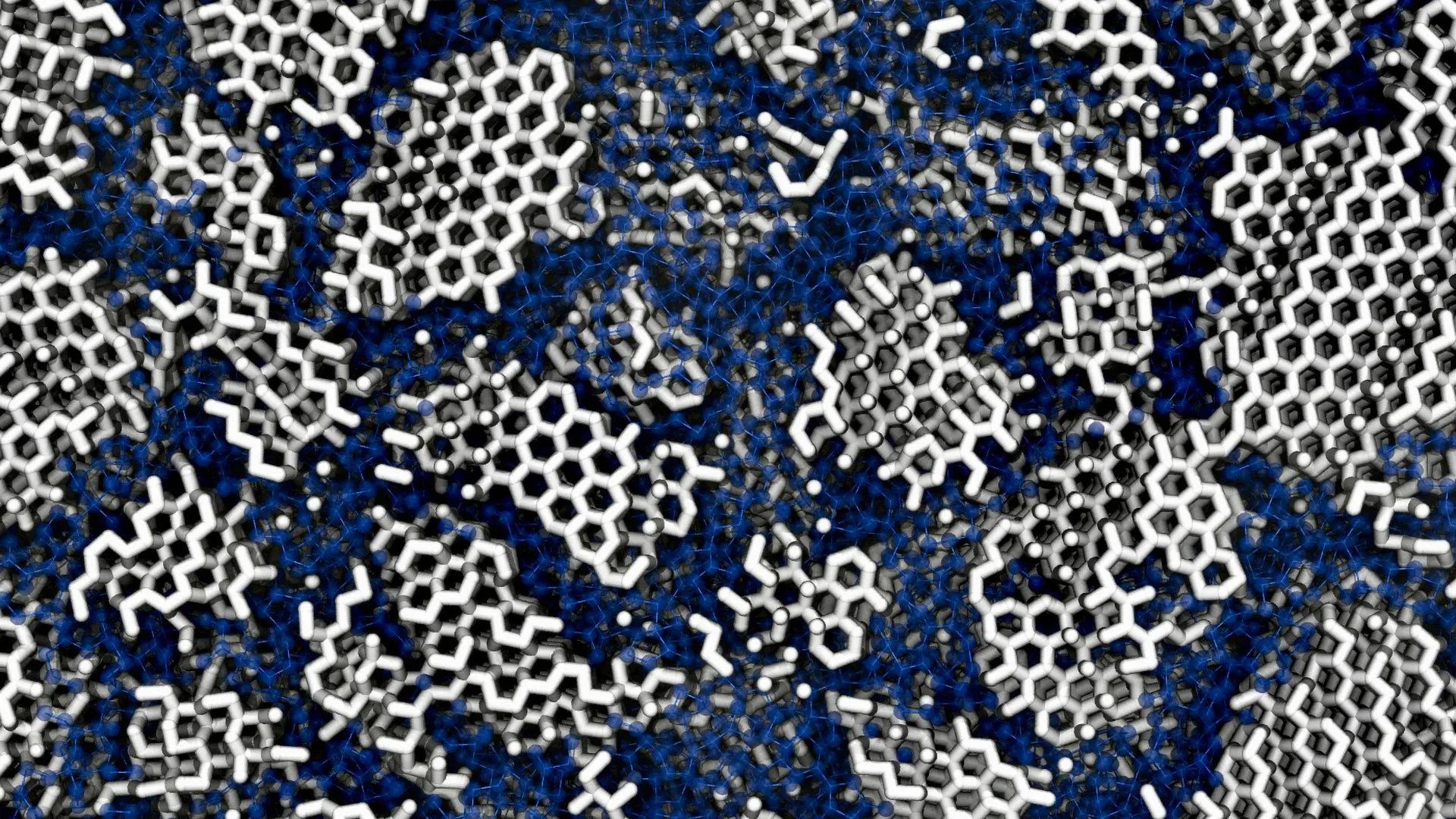Have you ever wondered what kind of video content would most grab the attention of monkeys? A new study of long-tailed macaques suggests the monkeys seem to like some of the same kind of content that humans do: videos featuring aggression and individuals they know. “Humans and macaques are both social animals who have a fundamental need to belong,” said Brad Bushman, co-author of the study and professor of communication at The Ohio State University. “It’s not surprising that they both would be most interested in the video content that…
Read MoreThis muscle supplement could rewire the brain—and now scientists can deliver it
Creatine is popularly known as a muscle-building supplement, but its influence on human muscle function can be a matter of life or death. “Creatine is very crucial for energy-consuming cells in skeletal muscle throughout the body, but also in the brain and in the heart,” said Chin-Yi Chen, a research scientist at Virginia Tech’s Fralin Biomedical Research Institute at VTC. Chen is part of a research team working to develop a technique that uses focused ultrasound to deliver creatine directly to the brain. The work, being conducted in the lab…
Read MoreDoctors say we’ve been misled about weight and health
Focusing solely on achieving weight loss for people with a high body mass index (BMI) may do more harm than good, argue experts in <em>The BMJ</em>. Dr Juan Franco and colleagues say, on average, people with high weight will not be able to sustain a clinically relevant weight loss with lifestyle interventions, while the potential harms of weight loss interventions, including the reinforcement of weight stigma, are still unclear. They stress that a healthy lifestyle has important benefits, but that weight alone might not give an adequate picture of someone’s…
Read MoreMatching your workouts to your personality could make exercising more enjoyable and give you better results
Finding motivation to exercise can be the greatest challenge in working out. This might be part of the reason why less than a quarter of people achieve the activity goals recommended by the World Health Organization. But what if working out could be more enjoyable? One way of achieving this could be opting for types of exercise that fit our personalities. To this end, researchers in the UK now have examined how personality affects what types of exercise we prefer, and our commitment and engagement to them. The results were…
Read MoreThe sleep-heart link doctors are urging women over 45 to know
During the menopause transition, only 1 in 5 women have optimal scores using the American Heart Association’s health-assessment tool, known as Life’s Essential 8 (LE8). Among the tool’s eight components, four of them — blood glucose, blood pressure, sleep quality and nicotine use — are key in driving future cardiovascular risks, with sleep being particularly crucial for long-term cardiovascular health. The findings – published on July 8 in Menopause – were made by researchers at the University of Pittsburgh, Albert Einstein College of Medicine and Baylor University. “Previously we’ve shown…
Read MoreBigger crops, fewer nutrients: The hidden cost of climate change
New preliminary research suggests that a combination of higher atmospheric CO<sub>2</sub> and hotter temperatures contribute to a reduction in nutritional quality in food crops, with serious implications for human health and wellbeing. Most research into the impact of climate change on food production has focused on crop yield, but the size of the harvest means little if the nutritional value is poor. “Our work looks beyond quantity to the quality of what we eat,” says Jiata Ugwah Ekele, a PhD student at Liverpool John Moores University, UK. The ongoing effects of climate…
Read MoreScientists just recreated a 1938 experiment that could rewrite fusion history
A Los Alamos collaboration has replicated an important but largely forgotten physics experiment: the first deuterium-tritium (DT) fusion observation. As described in <em>Physical Review C</em>, the reworking of the previously unheralded experiment confirmed the role of University of Michigan physicist Arthur Ruhlig, whose 1938 experiment and observation of deuterium-tritium fusion likely planted the seed for a physics process that informs national security work and nuclear energy research to this day. “As we’ve uncovered, Ruhlig’s contribution was to hypothesize that DT fusion happens with very high probability when deuterium and tritium…
Read MoreAstronomers Catch Planets in the Act of Being Born
A fascinating glimpse into how a solar system like our own is born has been revealed with the detection of planet-forming ‘pebbles’ around two young stars. These seeds to make new worlds are thought to gradually clump together over time, in much the same way Jupiter was first created 4.5 billion years ago, followed by Saturn, Uranus, Neptune, Mercury, Venus, Earth and Mars. The planet-forming discs, known as protoplanetary discs, were spotted out to at least Neptune-like orbits around the young stars DG Tau and HL Tau, both around 450…
Read MoreIce in a million-degree Fermi bubble reveals the Milky Way’s recent eruption
Researchers have found clouds of cold gas embedded deep within larger, superheated gas clouds — or Fermi bubbles — at the Milky Way’s center. The finding challenges current models of Fermi bubble formation and reveals that the bubbles are much younger than previously estimated. “The Fermi bubbles are enormous structures of hot gas that extend above and below the disk of the Milky Way, reaching about 25,000 light years in each direction from the galaxy’s center — spanning a total height of 50,000 light years,” says Rongmon Bordoloi, associate professor…
Read MoreHidden DNA-sized crystals in cosmic ice could rewrite water—and life itself
"Space ice" contains tiny crystals and is not, as previously assumed, a completely disordered material like liquid water, according to a new study by scientists at UCL (University College London) and the University of Cambridge. Ice in space is different to the crystalline (highly ordered) form of ice on Earth. For decades, scientists have assumed it is amorphous (without a structure), with colder temperatures meaning it does not have enough energy to form crystals when it freezes. In the new study, published in Physical Review B, researchers investigated the most…
Read More